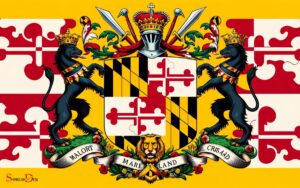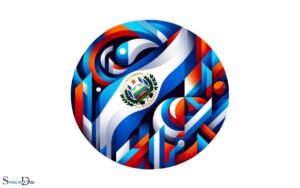What Does the Symbol on the Ecuador Flag Mean? History!
The symbol on the Ecuador flag is the country’s Coat of Arms, which is a representation of Ecuador’s history, geography, and values. It is a significant emblem that identifies the nation and is a source of pride for its people.
The Coat of Arms of Ecuador, prominently displayed on the national flag, encapsulates various elements that symbolize aspects of the country’s identity.
At the center of the Coat of Arms is an oval shield, which is divided into four distinct parts:
- Mount Chimborazo and the River Guayas: Symbolizing the beauty and diversity of Ecuador’s landscapes.
- Steamboat named Guayas: Represents the first steamship built in South America on the Guayas River and signifies progress.
- Sun and the Zodiac Band: Reflects the importance of astronomy and the equator line to Ecuador’s history.
- Condor: Perched atop the shield, it stands for power and greatness.
Each of these components holds deep significance for the Ecuadorian people, representing the nation’s rich history and its commitment to progress and sovereignty.
The Ecuadorian Coat of Arms serves not only as a patriotic emblem but also as a visual narrative of the nation’s journey, from its natural wonders to its strides in innovation and governance.
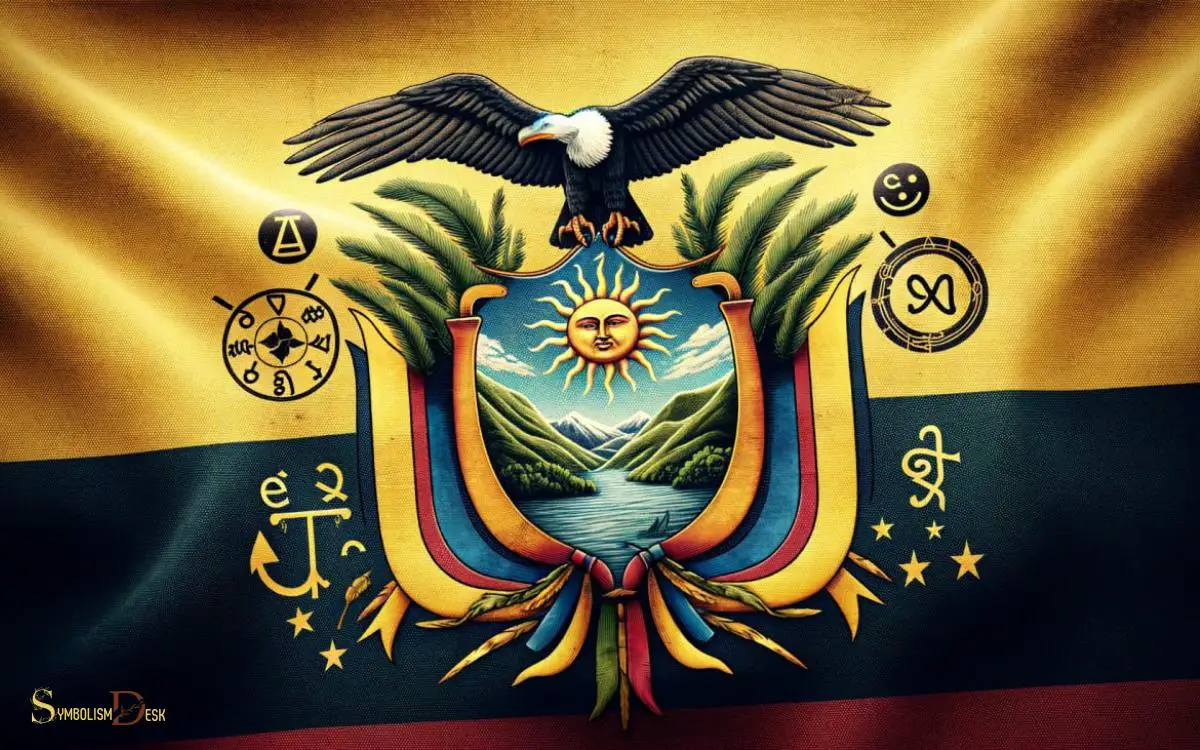
Key Takeaway
Historical Origins of the Symbol

The historical origins of the symbol on the Ecuador flag can be traced back to the indigenous cultures of the region. The emblem in the middle of the flag represents the rich history and heritage of the country. The condor in the emblem symbolizes freedom and power, while the mountain peaks represent the Andes mountains that run through Ecuador. The Ecuador flag is a powerful representation of the nation’s identity and the values that it holds dear. To further understand the significance of the emblem on the Ecuador flag, one can look to the Peru flag symbols decoded to gain insight into the similar cultural and historical influences that may have shaped the Ecuadorian flag.
It depicts an Andean condor, a symbol of power and freedom in Andean culture. The condor is also significant in indigenous mythology, representing the connection between the physical and spiritual worlds.
Additionally, the flag features the sun, which holds great importance in indigenous belief systems and signifies the Incan heritage of Ecuador.
The incorporation of these symbols reflects the country’s respect for its indigenous roots and the recognition of their enduring influence on Ecuadorian identity.
Understanding the historical significance of these symbols provides valuable insight into the cultural fabric of Ecuador.
Symbolism and Meaning in the Flag

The emblem on the Ecuador flag holds deep symbolism and meaning, representing the country’s indigenous heritage and cultural significance.
The elements on the flag carry profound significance:
- Colors: The yellow represents the country’s wealth and resources, blue symbolizes the sky and sea, and red stands for the blood shed by the martyrs for independence.
- Coat of Arms: The coat of arms features an Andean condor, a symbol of power and freedom, with its wings outstretched, and the Chimborazo and Cotopaxi volcanoes, representing the country’s geography.
- Laurel: The laurel on the coat of arms symbolizes the victories of the Republic.
- The Sun: The golden sun on the coat of arms reflects the abundance and wealth of Ecuador’s natural resources and its bright future.
These elements collectively encapsulate Ecuador’s rich history, natural beauty, and aspirations for the future.
Evolution of the Emblem Over Time
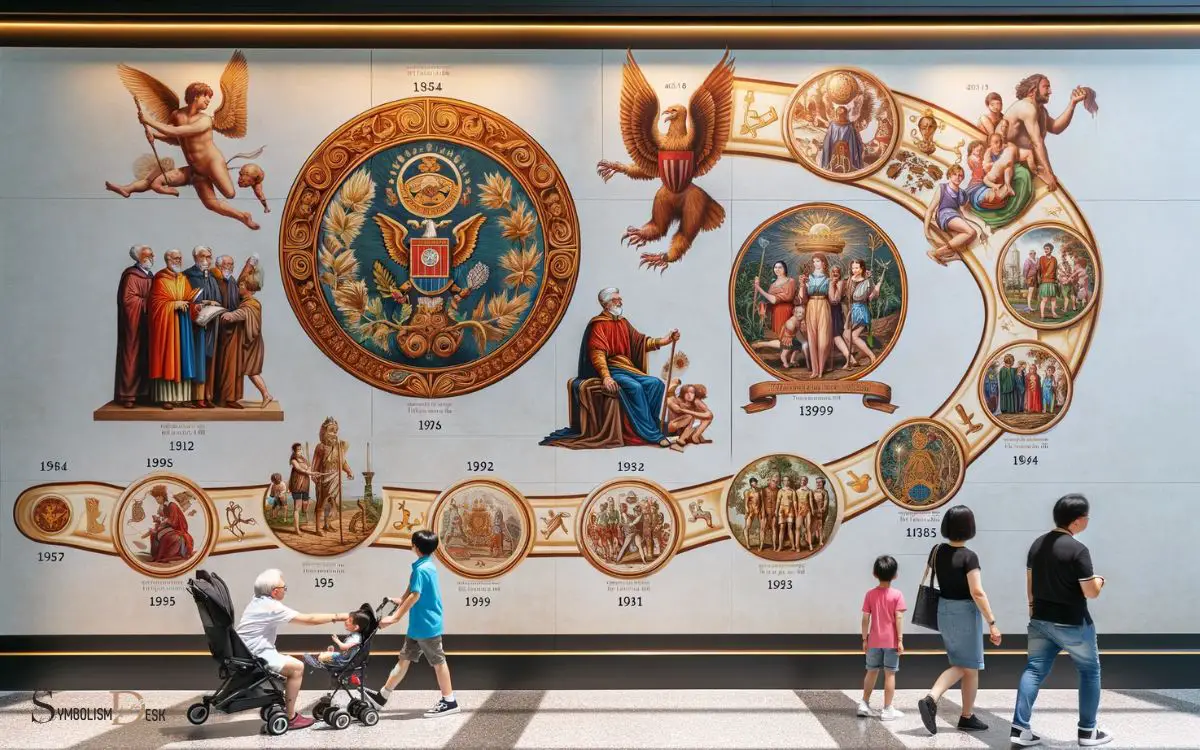
The emblem on the Ecuador flag has undergone significant evolution over time, reflecting changes in the country’s political and cultural landscape.
The original flag, adopted in 1835, featured a condor standing on a shield, which symbolized the country’s rich biodiversity and its struggle for independence.
In 1900, the flag underwent a transformation, and the current version was established, featuring the addition of the powerful Andean condor in flight, a symbol of freedom and power.
The evolution of the emblem over time mirrors the historical and cultural shifts within Ecuador, from its fight for independence to its aspirations for a strong and free nation.
This evolution demonstrates how the country’s identity has been shaped by its history and aspirations. Understanding this evolution is crucial to fully grasp the cultural significance of the symbol.
Cultural Significance of the Symbol
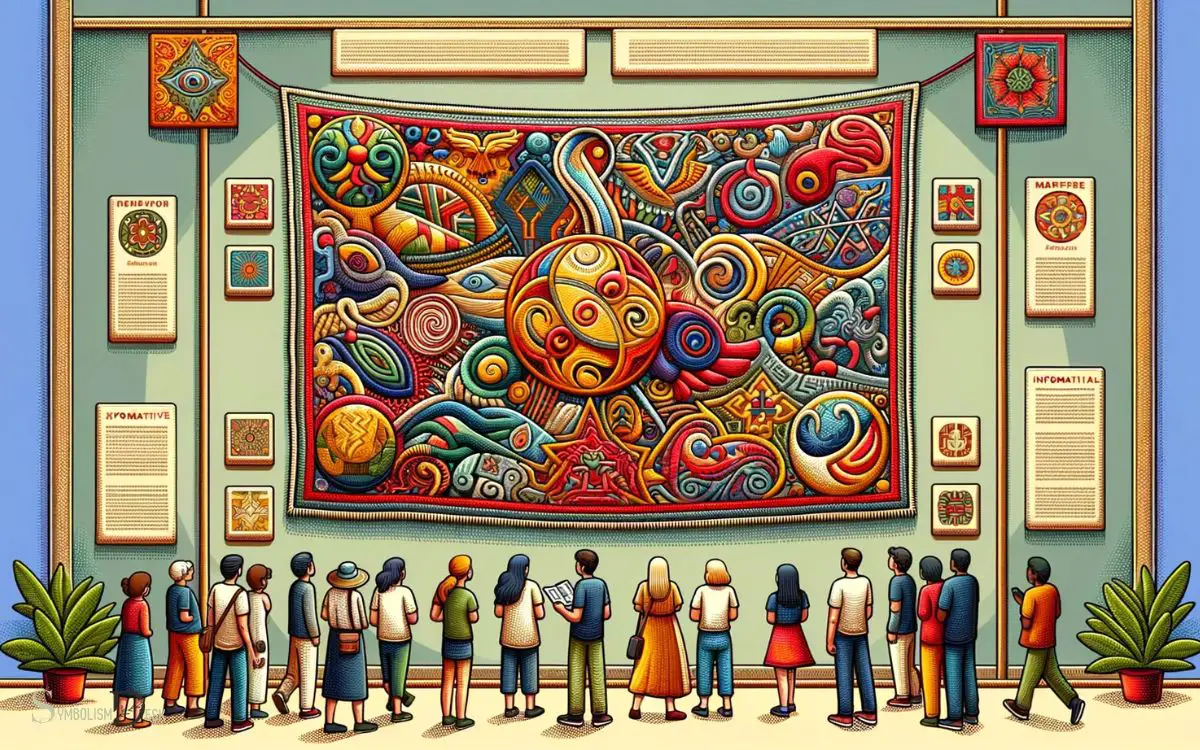
The emblem on the Ecuador flag carries deep cultural meaning for the country and its people.
Here are four key aspects of its cultural significance:
- Historical roots: The symbol represents the rich history of Ecuador, including its indigenous heritage and the struggles for independence.
- National identity: The emblem is a source of pride and unity for Ecuadorians, symbolizing their shared values and aspirations as a nation.
- Indigenous heritage: The image on the flag pays homage to the country’s indigenous communities and their enduring influence on Ecuadorian culture.
- Symbol of sovereignty: The emblem represents Ecuador’s sovereignty and independence, reflecting the nation’s autonomy and self-determination.
Understanding the cultural significance of the symbol provides valuable insights into Ecuador’s history and identity. This, in turn, influences its modern-day societal norms and values.
What Do the Symbols on the Ecuador Flag Mean?
The symbols on the Ecuador flag draw from the rich cultural tapestry of the country. The keyword symbols on brazilian flag is not a direct fit, but the Ecuadorian flag features the coat of arms centered over the yellow stripe, depicting the country’s natural resources and its commitment to liberty, equality, and justice. The flag’s colors also represent various meanings, with blue embodying the sea and sky, yellow symbolizing sunshine and abundance, and red evoking courage and valor.
What Is the Meaning of the Symbol on the Ecuador Flag?
The symbol on the Ecuador flag holds great significance. It depicts the “peru flag symbols: meaning of peace“. This unique emblem refers to the peace treaty signed between Ecuador and Peru in 1942, ending a ferocious border conflict. It represents the harmonious relationship between the two nations and their commitment to peaceful coexistence.
The Symbol’s Impact on Modern Ecuador
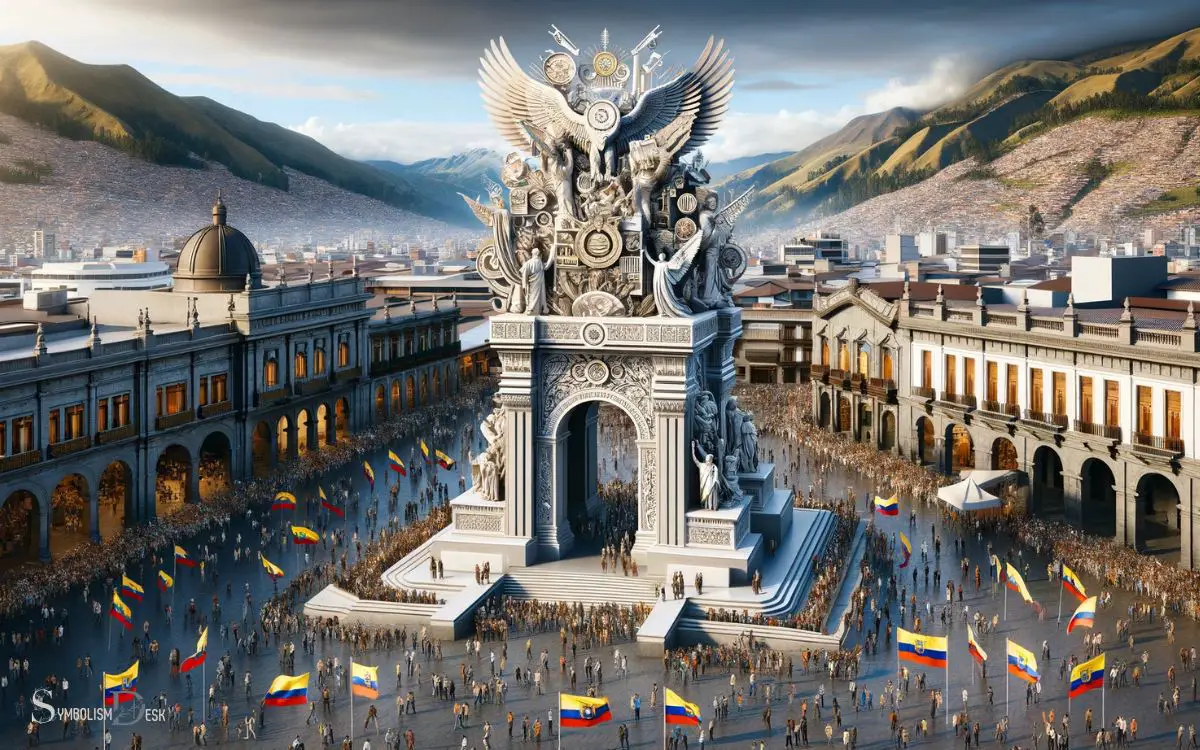
The symbol on the Ecuador flag continues to exert a significant influence on modern Ecuador, shaping the country’s national identity and societal values.
The iconic emblem, derived from the coat of arms, serves as a constant reminder of the nation’s rich history and cultural heritage.
In contemporary Ecuador, the symbol is prominently displayed in government buildings, official documents, and public ceremonies, reinforcing a sense of unity and patriotism among its citizens.
Moreover, the symbol’s presence in educational institutions underscores its role in fostering a deep appreciation for Ecuadorian traditions and principles.
As a result, the symbol on the Ecuador flag stands as a unifying force, instilling a collective pride and a shared sense of belonging among the people of Ecuador, transcending geographical and social boundaries.
Conclusion
The symbol on the Ecuador flag holds significant historical and cultural importance. It represents the country’s struggle for independence and its rich indigenous heritage.
Over time, the emblem has evolved to reflect Ecuador’s diverse cultural identity. Today, the symbol continues to unite and inspire the people of Ecuador.
Did you know that the current version of the Ecuador flag was officially adopted on September 26, 1860?

